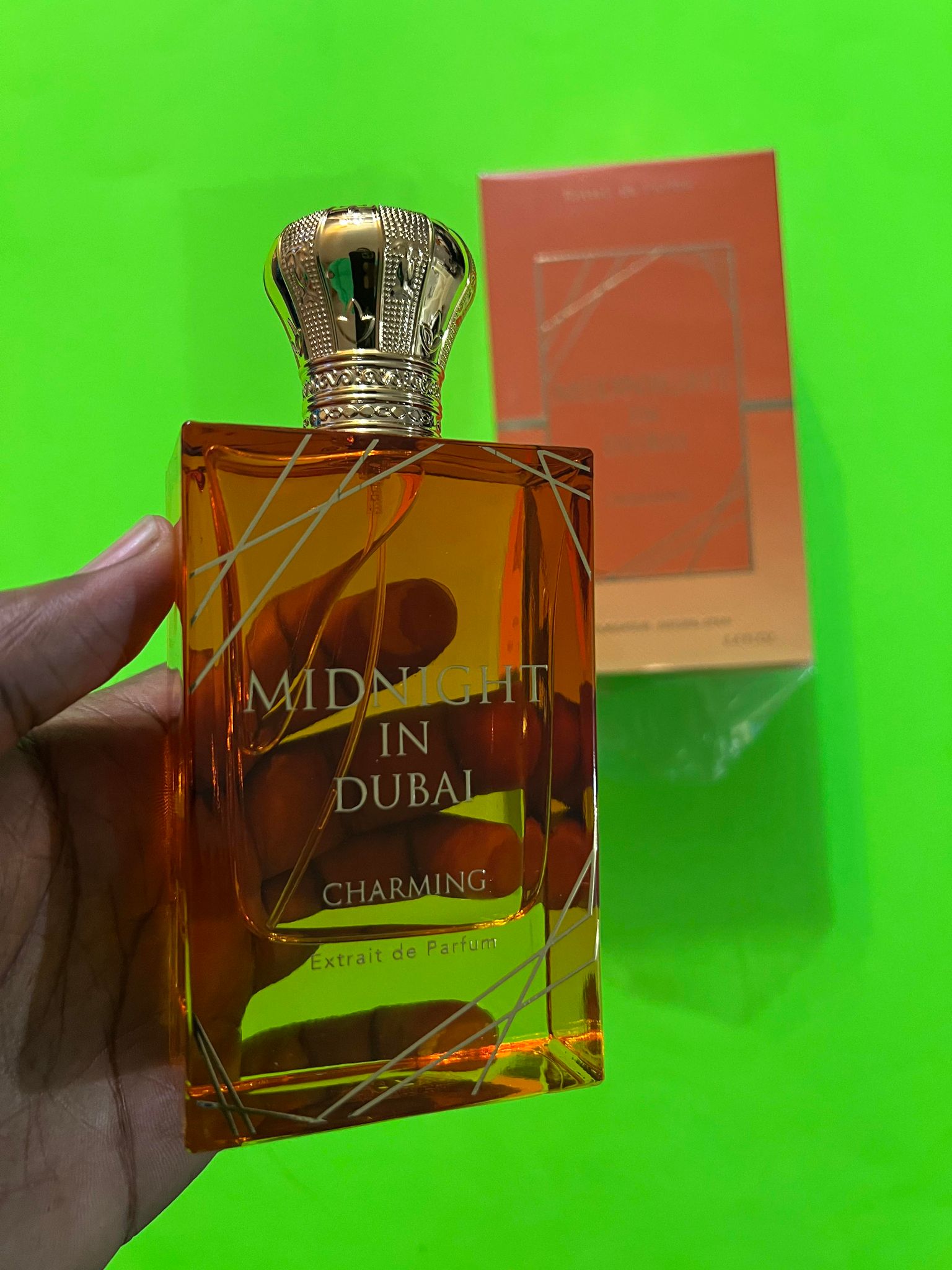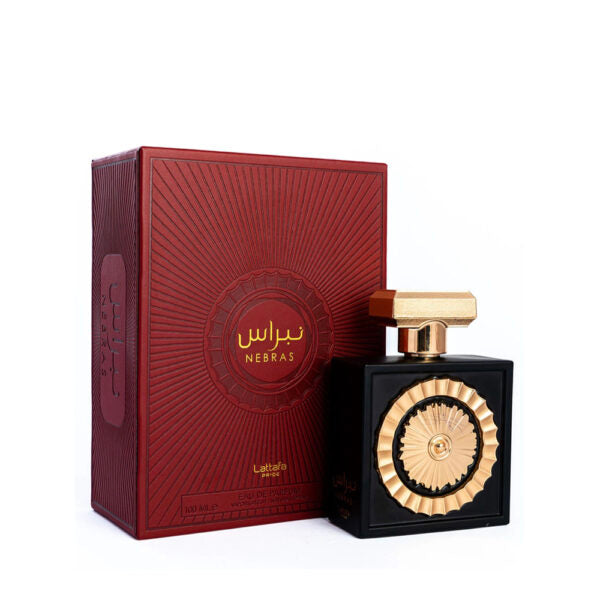Dubai Perfumes: A Guide to the Most Captivating Scents
Dubai Perfumes: A Guide to the Most Captivating Scents
Blog Article
Experience the Rich, Exotic Fragrances of Dubai Perfumes
The fragrances of Dubai represent a distinct confluence of tradition and modernity, where the renowned essence of oud offers as a foundation for a varied selection of fragrances. Each artisanal creation not only mesmerizes the senses but also tells a rich social heritage, drawing from time-honored strategies and aboriginal components.
The Essence of Oud
Oud, often described as "fluid gold," is an aromatic material originated from the heartwood of the Aquilaria tree, which is belonging to Southeast Asia and the Middle East. This beautiful material forms when the tree goes through a fungal infection, triggering it to generate a dark, aromatic resin as a defense reaction. The resulting oud is highly valued for its abundant, intricate scent profile that can vary from pleasant and woody to smoky and balsamic, making it a foundation of Center Eastern perfumery.
Oud has an enduring social relevance, frequently made use of in conventional ceremonies and as an icon of deluxe and sophistication. Its allure is not just because of its unique aroma but also its rarity; top quality oud can regulate unbelievable costs in the worldwide market. The removal process is labor-intensive, with sustainability problems arising from overharvesting of Aquilaria trees.
In modern perfumery, oud has transcended its conventional limits, inspiring a new wave of fragrances that integrate its distinctive notes. Consequently, it has become a necessary ingredient for both niche and mainstream perfume houses, captivating a diverse audience worldwide.
Traditional Attars Discussed
Perfumes crafted in the center East usually encompass a rich practice that extends beyond modern synthetic scents. Traditional attars, or all-natural perfumes, are essential to this heritage. These focused scent oils are originated from herb sources, such as seasonings, herbs, and blossoms, often via techniques like steam purification or enfleurage. Unlike standard perfumes that predominantly include synthetic compounds, attars commemorate the pureness of nature, using a depth of scent that evolves uniquely on the skin.
Attars are usually alcohol-free, making them ideal for various social techniques and preferences. They are understood for their long life and richness, commonly lasting for hours and even days after application (Dubai Perfumes). Typical active ingredients include sandalwood, increased, jasmine, and brownish-yellow, each contributing unique notes that balance perfectly in each blend

Artisanal Craftsmanship in Perfumery
The art of crafting fragrances is a careful procedure that requires not just imagination however likewise a deep understanding of fragrance composition. In Dubai, this artisanal workmanship draws on centuries of practice, where knowledgeable perfumers, understood as "mukhalliq," blend their knowledge with an innate sense of scent. Each fragrance is an one-of-a-kind development, showing the artisan's vision and the area's abundant social heritage.
Artisans begin their job by choosing high-grade resources, usually sourced locally and globally. The cautious selection process makes certain that each ingredient contributes to the scent's intricacy and deepness. Methods passed down via generations, such as maceration and purification, are employed to extract the significance of these materials, enabling the perfumer to record their true character.
Additionally, the blending process is an art in itself. It includes not just the exact combination of notes but additionally the ability to balance staminas and subtleties, producing a harmonious fragrance account - Dubai Perfumes. The end product is a testimony to the artisan's skill and commitment, leading to fragrances that are not just items yet evocative experiences that narrate of their origin and craftsmanship
Unique Ingredients of Dubai Fragrances
Crafted with an extraordinary mix of virtuosity and practice, Dubai scents are identified by their unique components, much of which are deeply rooted in the area's history and culture. Central to these fragrances is oud, a resinous timber from the Aquilaria tree, renowned for its rich, complex aroma. Taken into consideration a deluxe, oud is straight from the source usually combined with other elements to create deepness and refinement.
An additional staple is amber, valued for its warm, pleasant notes that evoke a sense of convenience. It's regularly incorporated with seasonings like saffron and cardamom, including an unique panache that shows the dynamic markets of Dubai. Floral notes, such as rose and jasmine, likewise play a considerable function, instilling the fragrances with a fresh, delicate essence that balances the heavier base notes.
In addition, all-natural oils stemmed from natural herbs and fruits, such as additional info bergamot and basil, add to the general profile, improving the scents with bright and stimulating touches. These active ingredients, selected for their quality and social value, make certain that Dubai scents are not simply scents however represent a rich tapestry of tradition and sensory experience.

Social Significance of Dubai Perfumes
Embodying an abundant cultural heritage, Dubai fragrances offer not just as personal accessories however additionally as icons of identification and tradition. In an area where aroma plays a critical role in daily life and social communications, these scents mirror the worths and customs of Emirati culture. Traditionally, the art of perfumery has been a revered craft, gave with generations, and deeply intertwined with the region's background.
Perfumes hold considerable value throughout special events such as wedding celebrations, religious celebrations, and cultural events. The act of gifting scents is an usual technique, demonstrating respect and affection among family and friends. The distinctive aromas usually stimulate memories of heritage, attaching individuals to their ancestry and communal origins.
On top of that, Dubai's fragrances are characteristic of the blend between old customs and modernity. As the city comes to be a worldwide hub for business and tourist, the scent industry has actually evolved, mixing typical ingredients with contemporary techniques. Hence, Dubai perfumes not only stand for the essence of the area's cultural identity however also encapsulate its vibrant spirit, making them a resource of satisfaction for residents and an inquisitiveness for visitors.
Final Thought
Finally, Dubai perfumes envelop a rich tapestry of social heritage try this website and artisanal workmanship. The unified mix of oud, flower, and hot notes creates a distinct olfactory experience that transcends plain scent, representing identification and tradition. Each aroma functions as a narrative, showing the area's history and worths. The conventional attars and one-of-a-kind components add to the allure of these scents, strengthening their value in both international and local contexts.
The fragrances of Dubai stand for an unique assemblage of custom and modernity, where the distinguished significance of oud serves as a foundation for a diverse selection of fragrances.Fragrances crafted in the Center East commonly include a rich custom that expands past modern synthetic scents. These scents are frequently saved in elaborate bottles, mirroring the cultural importance and visual worth of the perfume itself.The art of crafting perfumes is a thorough process that needs not only creative thinking but also a deep understanding of fragrance composition.Personifying a rich social heritage, Dubai perfumes offer not just as personal adornments but also as symbols of identification and custom.
Report this page